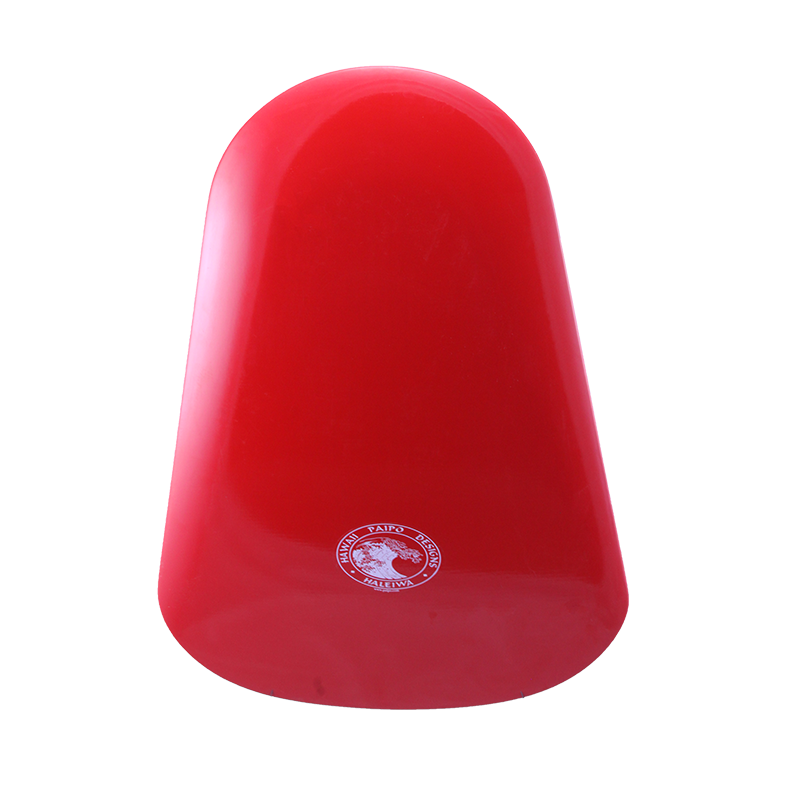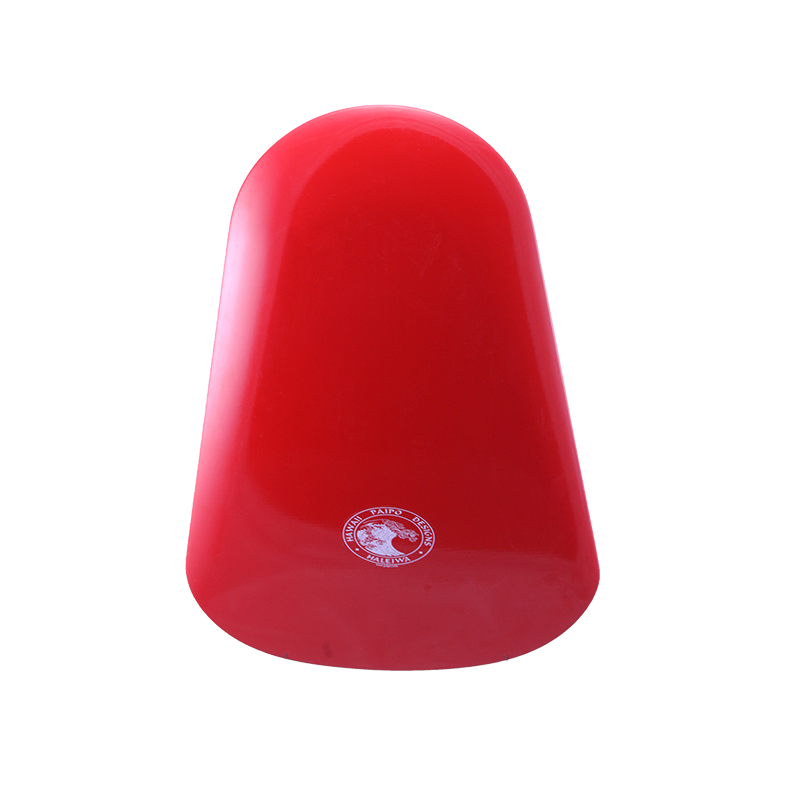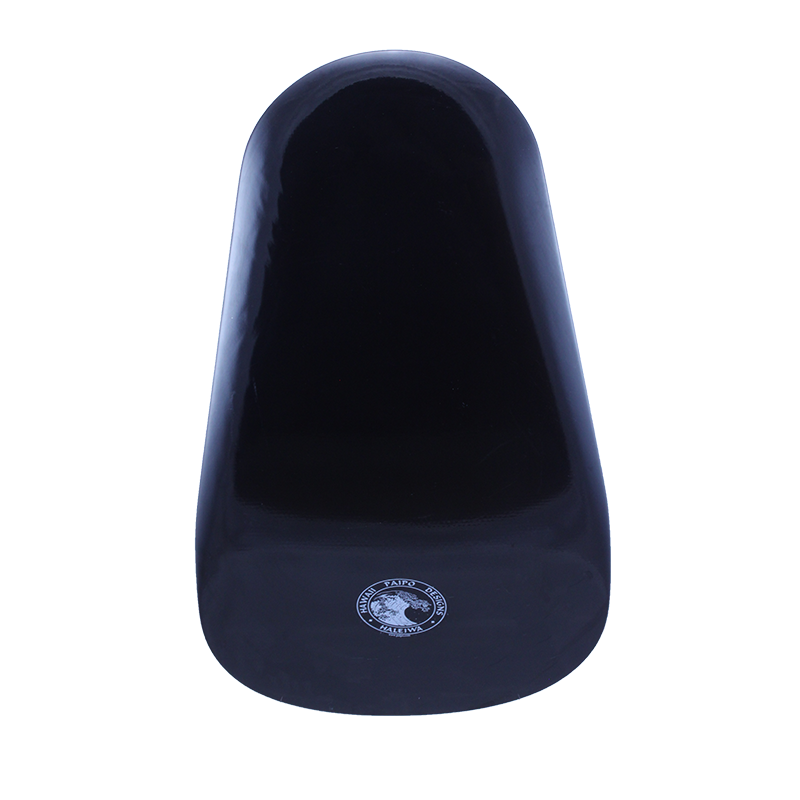Paipo Boards
Hand-crafted fiberglass bodyboards by Paul Lindbergh
Defined By Tradition,
Designed for Speed...
The HPD Paipo XL was born on the North Shore beaches of Oahu during the early surfing days of the 1960s. And ever since, riders from around the world have sought us out looking for the fastest bodyboard on the planet.
HPD paipos are a modern version of the ancient Hawaiian pai po (or pae po’o) surfboard. Ancient pai pos were smaller than their cousin, the Alaia. Paipos were usually carved from Koa or U’lu wood, and did not feature a skeg. This is how we made our first boards back in the day.
I began carving solid wood paipos back in the sixties based off of a popular guitar pick shape at the time. When I first started out, it would take me weeks to finish a single board. In the seventies, I upgraded my process a bit and made a large press that produced plywood paipos. These plywood paipos were really fast, all of the North Shore lifeguards had one at their tower.
These plywood boards had their problems though. They looked really good, but the plywood would separate after serious use in the ocean. After a while the boards would warp or start falling apart, so I switched over to fiberglass.
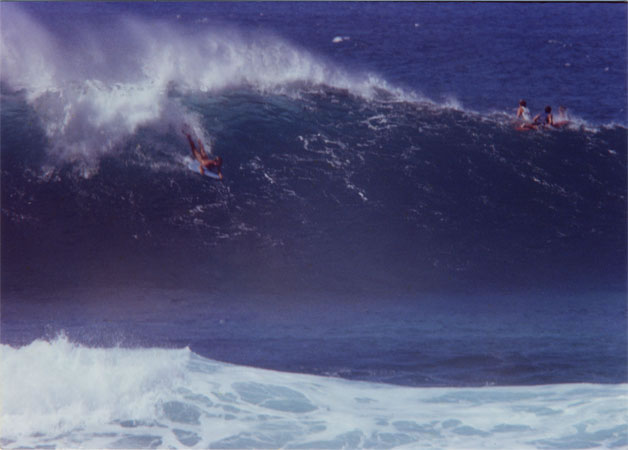
Hand-made Fiberglass Bodyboards
We introduced our very first solid fiberglass Paipo XL back in the early nineties, which was lighter and faster than our earlier wooden boards. Practically bullet-proof, these fiberglass boards are extremely durable.
Back in the day I used to demonstrate the durability of these boards in the Ehukai parking lot by driving my truck over them. The early fiberglass boards, as far as I know are all still in the water today. The classic HPD Paipo XL is great on all waves, large or small.
HPD’s fiberglass bodyboards are unlike any other board in the water. Perhaps the most noticeable difference is their lower buoyancy. They don’t float like a surfboard or boogieboard. Instead, our Paipos are buoyant just enough to paddle and catch some rest in the lineup. After a wipeout, they rise to the surface on their own, but cannot surf without the rider. Back in the day, paipo riders didn’t use leashes, so we didn’t sell them with our boards. Due to popular demand, we now offer leash connectors.

We introduced our very first solid fiberglass Paipo XL back in the early nineties, which was lighter and faster than our earlier wooden boards. Practically bullet-proof, these fiberglass boards are extremely durable.
Back in the day I used to demonstrate the durability of these boards in the Ehukai parking lot by driving my truck over them. The early fiberglass boards, as far as I know are all still in the water today. The classic HPD Paipo XL is great on all waves, large or small.
HPD’s fiberglass bodyboards are unlike any other board in the water. Perhaps the most noticeable difference is their lower buoyancy. They don’t float like a surfboard or boogieboard. Instead, our Paipos are buoyant just enough to paddle and catch some rest in the lineup. After a wipeout, they rise to the surface on their own, but cannot surf without the rider. Back in the day, paipo riders didn’t use leashes, so we didn’t sell them with our boards. Due to popular demand, we now offer leash connectors.
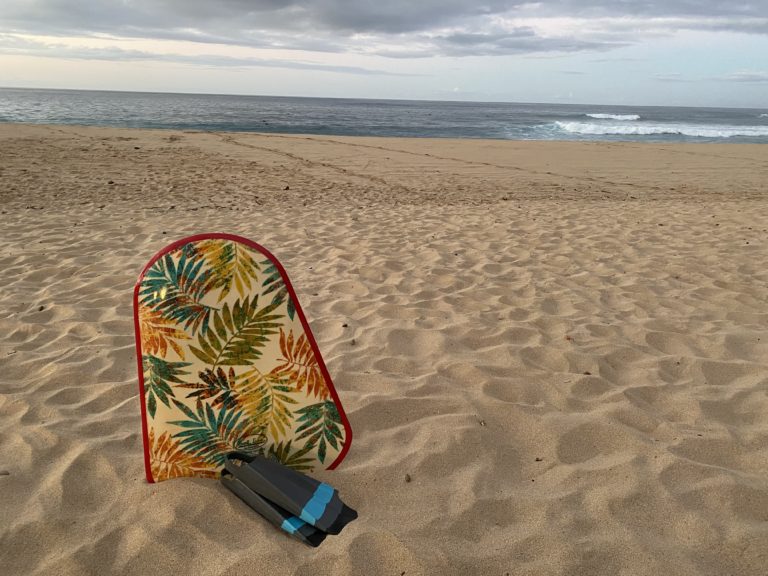
Fins are a must when riding our boards. If you don’t have a nice stiff pair of fins, we all wear Voit Duck Feet here at the shop. We’ve also tried the Black/Yellow MS Vipers and for big feet they are really comfortable. Not as much power as the Duck feet though.
The unique contour of our boards is what keeps them afloat, a property known as hydrodynamics. Similar to an airplane, our boards are shaped in a way that creates positive and negative pressures where the water meets the board. These forces push the paipo up out of the water, which lets our boards achieve incredible speeds. After a wipeout, these same properties prevent our boards from running away from you. Without weight and speed, these boards cannot surf.
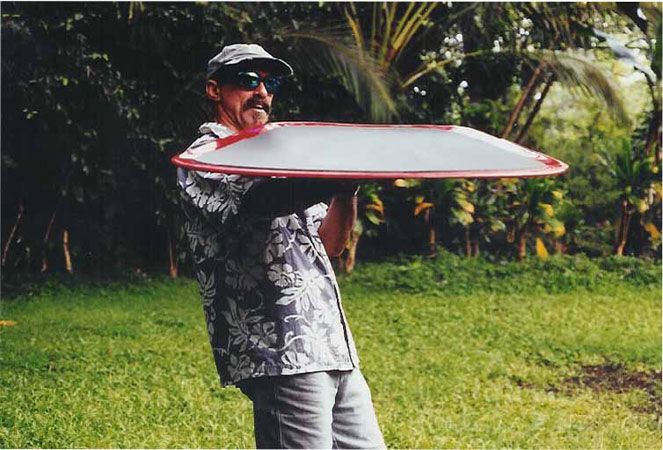
Diving under incoming sets traffic is very easy, practically effortless, thanks to the neutral buoyancy of our boards. Basically like swimming underwater, you can swim as deep or as long as you can hold your breath. The board doesn’t try to rise to the surface.
Although we’ve been making the same classic Paipo XL shape since the 1960’s, riders started requesting other size boards, so it became apparent that more models were needed.
We introduced the Paipo Mini in the late 1980’s. This board was a 12% scaled-down replica of the classic Paipo XL, great for smaller people and those who like riding smaller boards.
The Paipo Monster Board retains the same contour as the original Paipo XL, but the length has been increased 8″. Many larger guys like the Monster board because it won’t fold up like a sponge. Instead, it stays rigid and blasts you through the bottom turn or any hot sections.
The Paipo XP is the latest reincarnation of the original XL. This board is shaped more like a modern foam-core boogieboard, but made from solid fiberglass. The Paipo XP makes the transition from boogieboard to paipo a bit more natural. This board also is a blast in the water. Fast, and very maneuverable, capable of barrel-rolls and 360s.
All of our Paipos come in either Red or Black, and feature a foam deck pad for rider comfort. Typically, paipos are ridden without leashes. We do offer leash connectors, so be sure to specify when placing your order.
Need help deciding?
We love passing the paipo stoke along. Give us a call and talk story!
